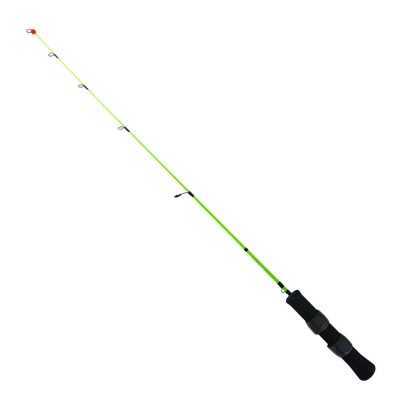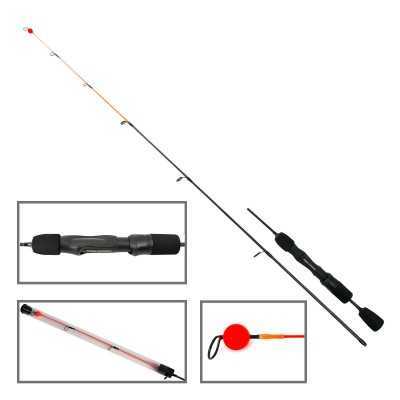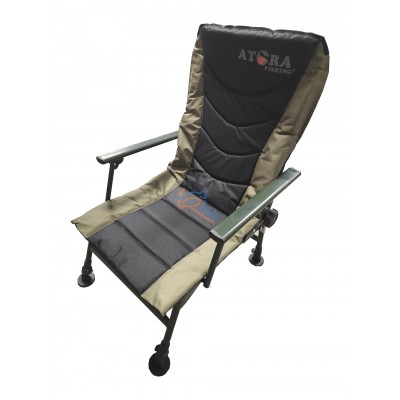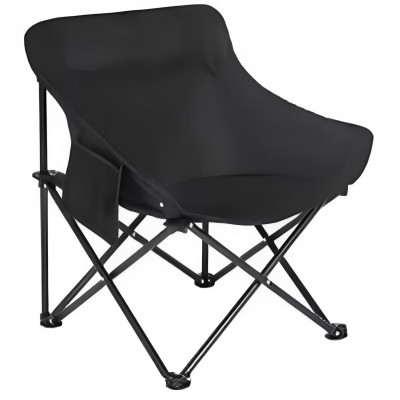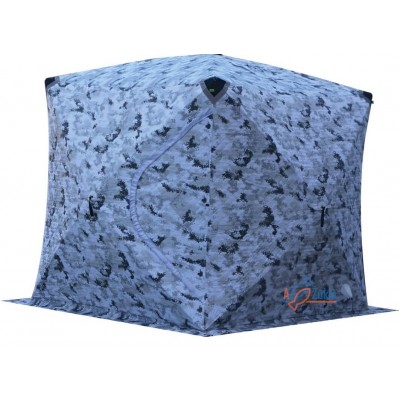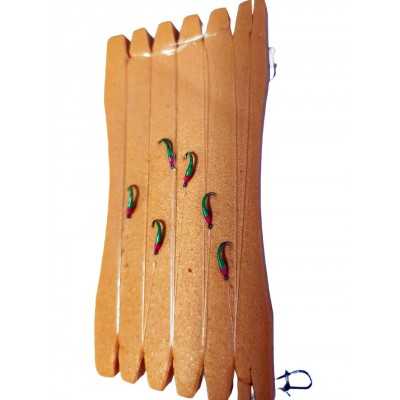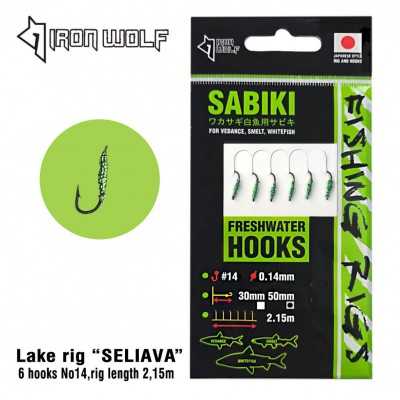Regular price €65.00 -25% Price €48.75
Seliavus fishing
Sort by:
Secrets of Seagull Fishing: a Complete Guide
Introduction
The Seliava - the mysterious inhabitant of the lakes
The seliava (Coregonus albula) is a small but very interesting fish that can be found in many European lakes, including our own waters. Its silvery lustre and elegant body attract the attention of fishermen, and its mysterious lifestyle adds to the interest in this fish. Appearance. The Seliava has an elongated, slightly flattened body. The back is usually greyish-green, while the flanks and belly are silvery. The scales are small and firmly attached to the body. The size of this fish is not particularly large, usually growing to 30-150 grams, but larger individuals are sometimes found. Behaviour. Selia are gregarious fish that like to keep to deep holes in lakes. They are quite wary and a little fearful, so spotting them is not so easy. They are most active at night or at dusk when predators are less active. Lifestyle .Seliavos are cold-tolerant fish and are most often found in deep, clean lakes. They feed on zooplankton, small crustaceans and insect larvae. They spawn in spring, depositing their eggs in the shallow, grassy margins of bodies of water. Distribution. Selia are found in many European lakes. In Lithuania they are also a common catch, especially in deep lakes. However, due to intensive fishing and environmental pollution, populations are declining in some areas.
Fishing for whitefish is a real challenge for every fisherman. These mysterious fish, which hide in the depths of lakes, require not only patience but also specific knowledge and skills. In this article, we will share valuable information that will help you successfully hunt these silver beauties. We will draw on the experience of experienced fishermen and the latest scientific research.
Seliavos - Queen of the Deep
The seliawa (Coregonus albula) is a salmonid fish that is found in many European lakes. They are distinguished by their elongated body, silver sides and small scales. They are gregarious fish, usually found in deep holes in lakes. Their diet consists mainly of zooplankton, but they may also feed on small crustaceans and insect larvae.
Why are Seliavos so attractive to fishermen?
- Taste: The meat of the vendace is highly valued for its tenderness and delicate flavour.
- Challenge: Catching a vendace is not easy, which is why this fishery offers a lot of excitement.
- Scarcity: Not all lakes boast abundant populations of the vendace.
- Excitement: The vendace can start to arrive in quick succession, and there is always a chance of catching an impressive number of them. And the whitefish are much bigger than sturgeon and sometimes they can be really big.
The equipment needed for successful fishing
- Fishing rod: A flexible fishing rod about 60 cm long with a non-inert reel is ideal.
- Line: Use a thin but strong line, for example 0.12 mm in diameter.
- For leashes, choose an even thinner one, 0.10 mm in diameter.
- Hooks: Miniaturehooks, size 16-18, made of fine wire so as not to look too suspicious to the fish. Leads
- : Small, 3-7 g in weight, so that the bait sinks smoothly to the bottom.
- Bait: Small mosquito larvae, jigs and minnows are the most popular. Fishing with baitless oats for whitefish is now becoming increasingly popular. These are much easier to fish with.
- Sonar: This device is essential for detecting schools of whitefish and monitoring their behaviour. It can be a simple deeper or a Praktik sonar.
Fishing Techniques
- Jigging: Gentle up and down movements of the rod to mimic the movements of the prey.
- Deadsticking: Leave the lure stationary, waiting for the selkie to spot it.
- Using sonar
- : Watch the screen for concentrations of selkie and accurately aim the lure at the location of them.
Seal Habitats
Seliavs are usually found in deep lakes, especially in pits and channels. They prefer cool, oxygenated waters. However, the distribution of seliavia in a lake can vary depending on the time of year, water temperature and food availability.
Seasonal Changes
The activity and habitat of the seliavia can change during different seasons. For example, they tend to congregate in the deepest parts of the lake in winter, while in summer they may move up to higher water levels.
Tips for Successful Fishing
- Patience: Fishing for whitefish requires a lot of patience.
- Take your time and enjoy the process.
- Quiet: Be as quiet as possible to avoid spooking the fish.
- Protect yourself from the cold: Dress appropriately for a comfortable and safe fishing experience.
- Observe nature: Pay attention to bird behaviour, water temperature and other environmental factors.
Conclusion
Fishing for whitefish is not only a way to spend time in nature, but also a great opportunity to test your skills and patience. By following these tips, you will increase your chances of successfully catching this mysterious fish.



